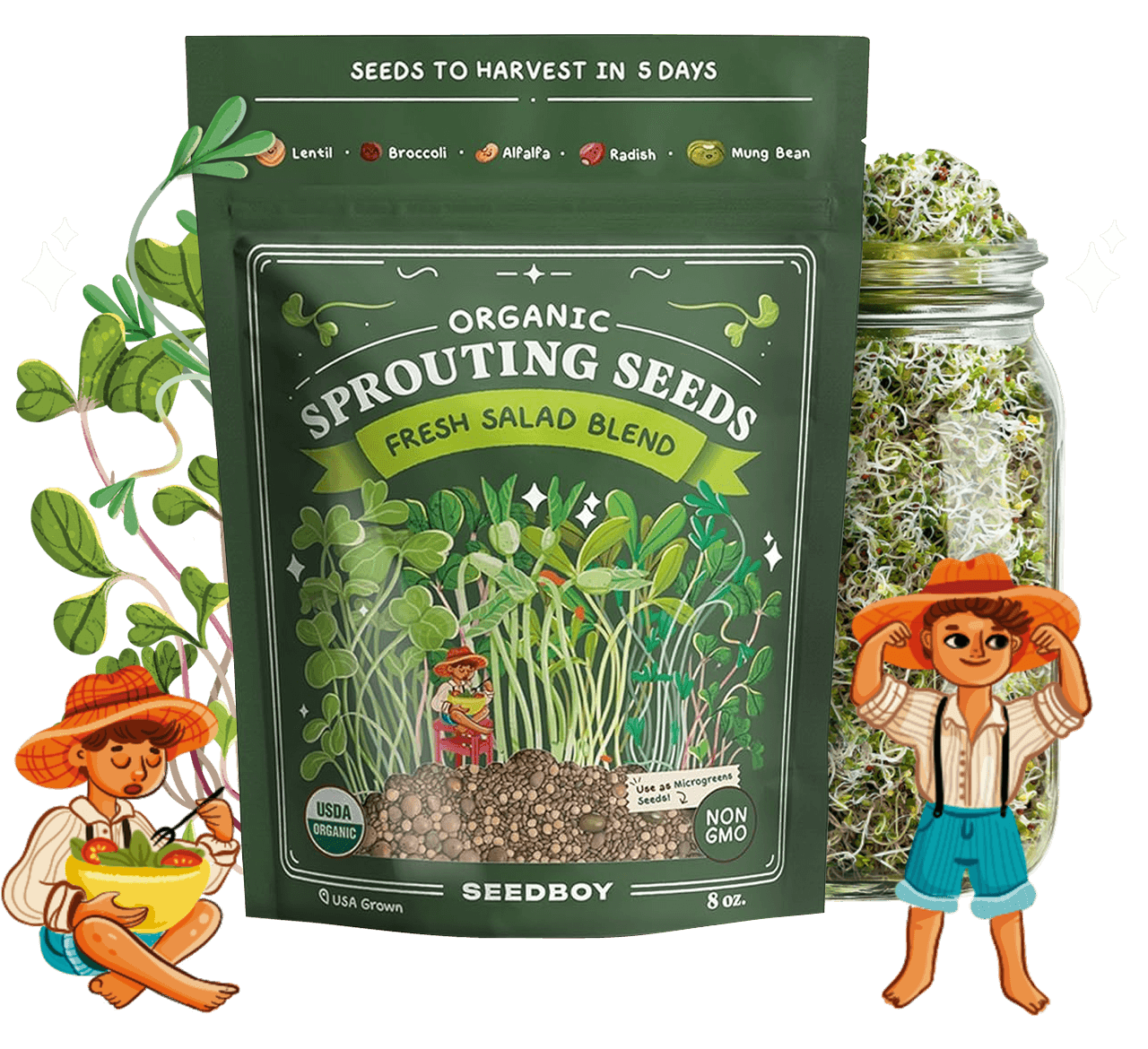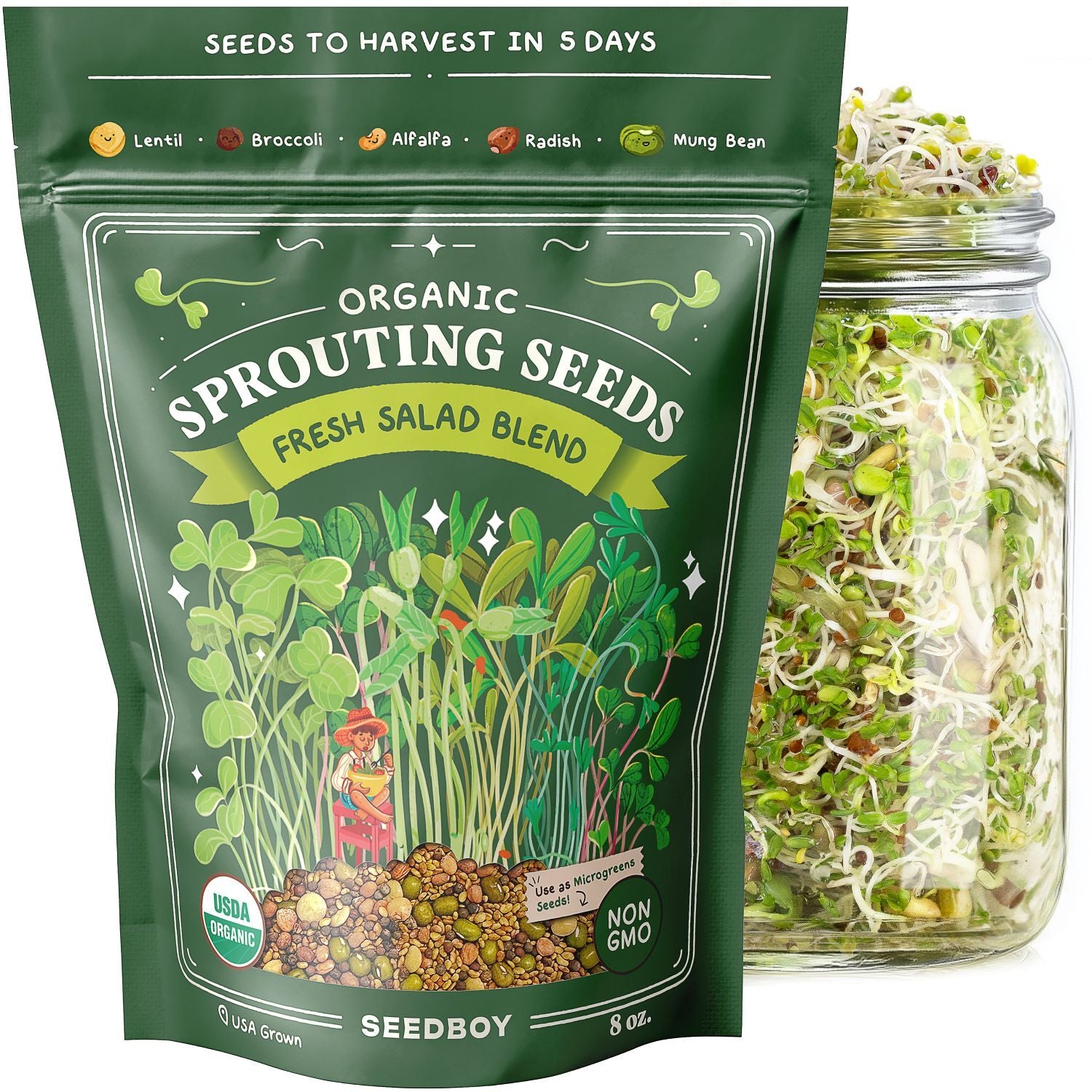
GROW GUIDE
Marketmore Cucumber
Cucumis sativus
Plant Description
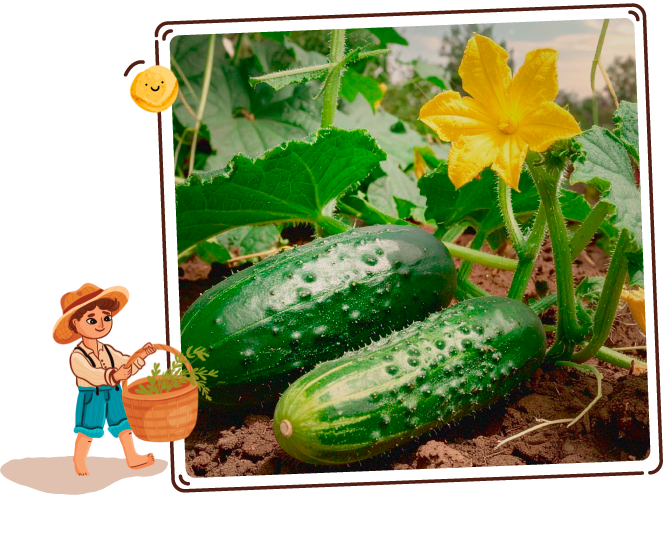
Marketmore Cucumber
A crisp and refreshing vegetable with a smooth, dark green skin, and a tender, juicy interior dotted with tiny seeds.
This kitchen essential, part of the gourd family, is prized for its light, crisp flavor that brings a refreshing touch to salads, dips, and drinks.
Quick Facts:
-

Sun Requirements
Full Sun
-
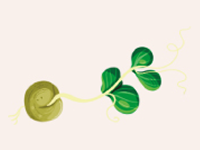
Days To Sprout
5-10 Days
-
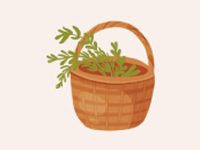
Days To Harvest
60-70 Days
-
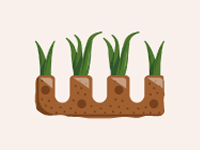
Plant Spacing
18-24"
-
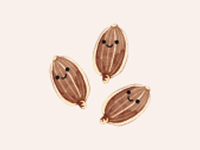
Seeds Per Hole
3
-
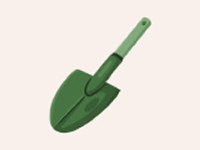
Planting Depth
1/2"
Best Planting Locations
-

Sunny Gardens
Thrives in warm, sunny spots with at least 6–8 hours of daily sunlight.
-

Raised Beds
Perfect for providing loose, well-drained soil and easy access for maintenance.
-

Trellised Areas
Supports vertical growth, saving space while improving air circulation and fruit quality.
-

Containers
Large pots or grow bags with rich soil are great for small spaces and controlled environments.
Getting Started
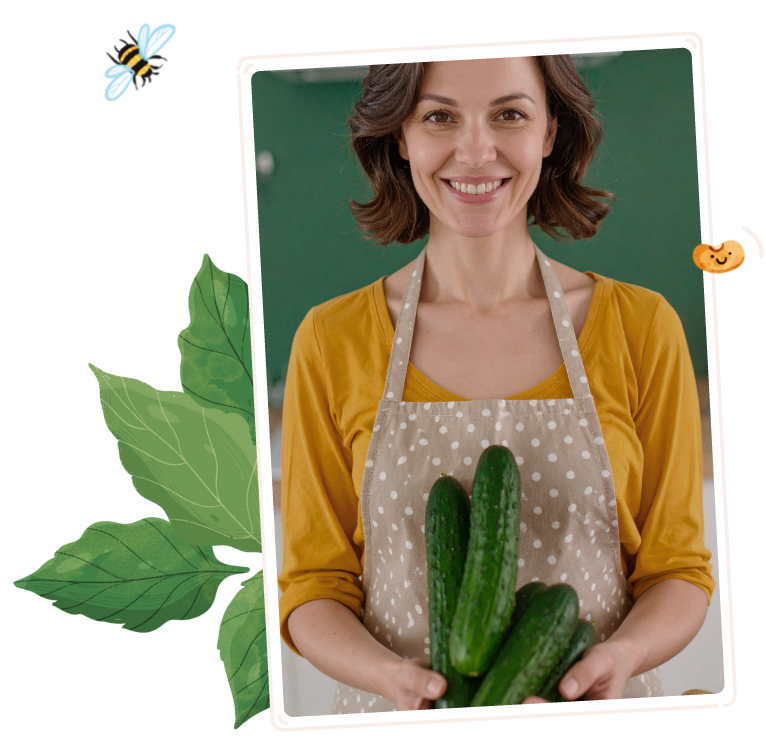
-
1
Find the Spot
Marketmore cucumbers thrive in warmth and full sun. Choose a sunny spot with at least 6–8 hours of direct sunlight daily. For indoor growth, use a greenhouse or a grow light to ensure healthy development.
-
2
Prep the Soil & Fertilizer
Use well-draining, nutrient-rich soil. These cucumbers love soil with good moisture retention and organic matter. Mix in some compost or well-rotted manure before planting to boost nutrients, and consider using a balanced, slow-release fertilizer to support healthy growth throughout the season.
-
3
Plant the Seeds
Plant 3 seeds about 1/2 inch deep directly into the soil or containers. Keep the soil consistently moist during germination, but avoid waterlogging.
Maintain a soil temperature between 70° to 95°F for optimal germination.
Space seedlings or plants about 18-24 inches apart to allow for adequate growth and airflow.
Good Neighbors:
-
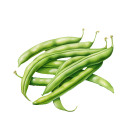
Beans:
Fix nitrogen in the soil, which helps improve soil quality for cucumbers
-
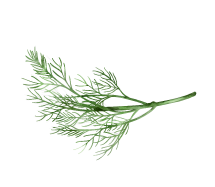
Dill:
Attracts beneficial insects like ladybugs and predatory beetles, which help control cucumber pests
-

Marigold:
Repels pests like nematodes and aphids
-
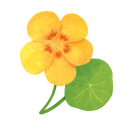
Nasturtium
Deters aphids, beetles and bugs and improves growth and flavor of cucumbers
-
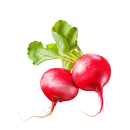
Radish:
Deters cucumber beetles and loosens the soil
Enemy Plants:
-
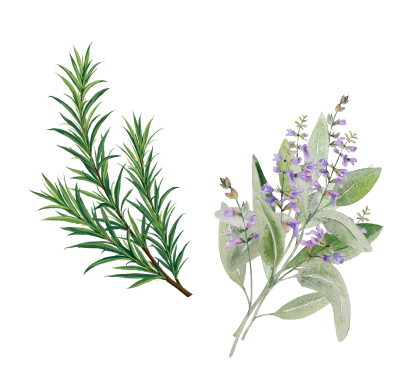
Rosemary & Sage:
Can inhibit the growth of cucumbers
-
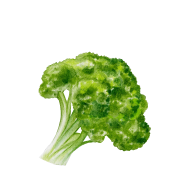
Broccoli:
Competes for the same nutrients and harbors similar pests
Attractants:
-
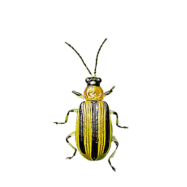
Cucumber Beetles:
Feed on the leaves, flowers and fruits of cucumber plants
-
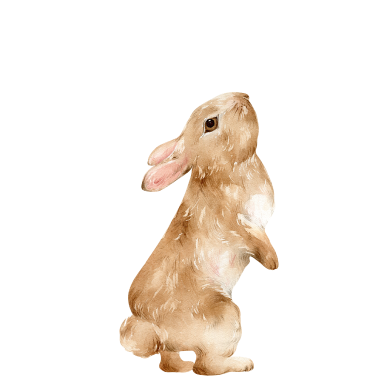
Rabbits:
Provide a tasty and hydrating treat for rabbits
Repellents:
-

Raccoons
Repelled by the prickly thorns and smell
-
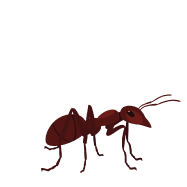
Ants
Repelled by certain compounds such as trans-2-nonenal and cucurbitacin
Best Time to Plant
USDA Hardiness Zones
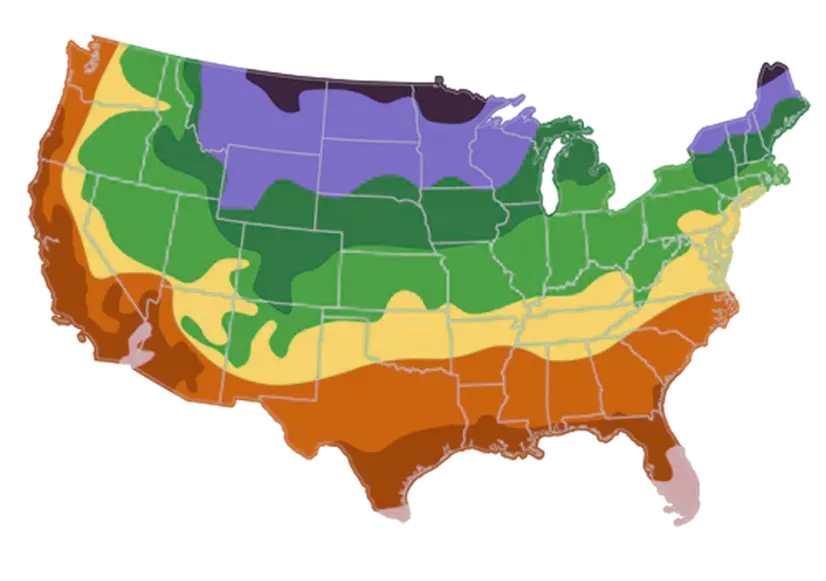
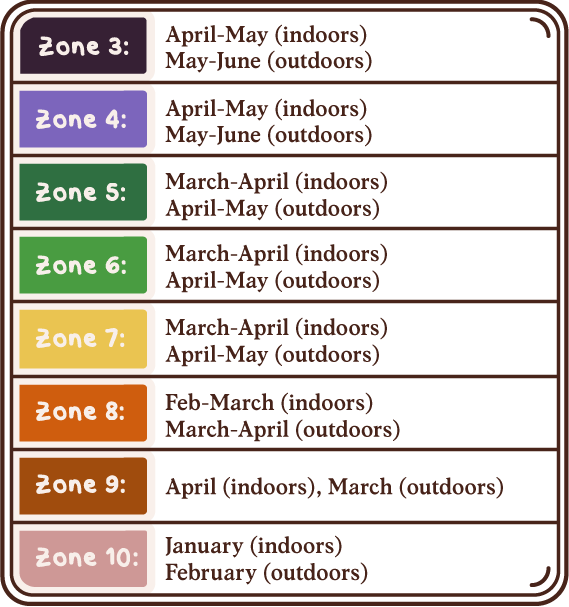
Day to Day Maintenance

-
Watering
Water evenly to keep the soil consistently moist, especially during hot weather, but avoid overwatering to prevent root rot. Water at the base of the plant to keep leaves dry and reduce the risk of fungal diseases.
-
Pruning & Support
Regularly check for yellowing leaves or spent blossoms and remove them to encourage healthy growth. As the vines grow, provide a trellis or support to keep the cucumbers off the ground and improve airflow around the plants.
The Harvest
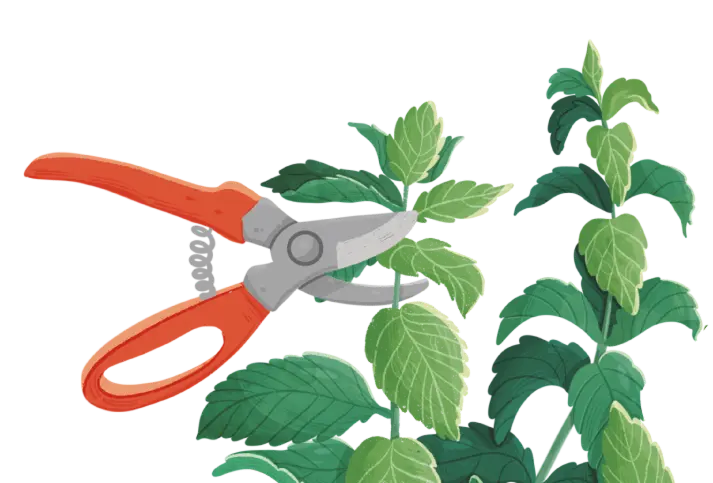
-
Gathering
Harvest cucumbers when they are 6 to 10 inches long for slicing. For pickling, aim for sizes around 2.5 to 6 inches. The cucumbers should be dark green, firm, and crisp for the best quality.
-
Cucumbers grow quickly, so check your plants every other day. Frequent harvesting encourages the plant to produce more fruit and prevents over-maturity, which can lead to bitterness.
Favorite Uses
-
Salads
-
Snacking
-
Pickles
-
Cocktails
-
Infused Water

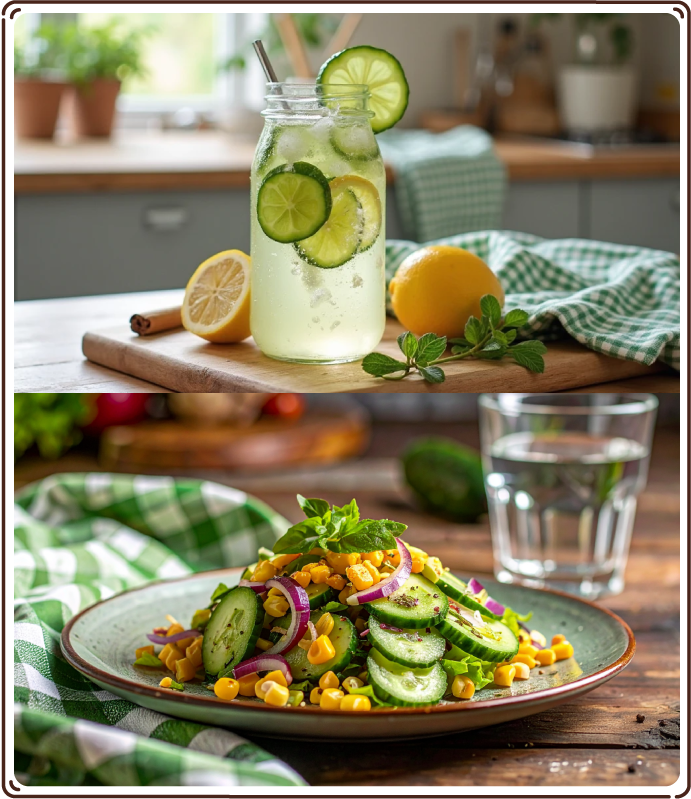
How to Store
-
Room Temperature
Duration: A few days
Location: Countertop away from direct sunlight
Method: Keep cucumbers whole and unwashed until ready to use. Store in a cool area of the kitchen, avoiding excess heat to maintain freshness.
-

Refrigeration
Duration: Up to one week
Location: Crisper drawer in the refrigerator
Method: Place unwashed cucumbers in a perforated plastic bag or wrap them in a slightly damp paper towel. This helps maintain humidity without causing condensation, which can lead to spoilage.
-

Pickling
Duration: Several months
Location: Cool, dark pantry or refrigerator
Method: Preserve cucumbers by pickling them in a brine of vinegar, water, salt, and seasonings. Store sealed jars in a cool pantry or refrigerate after opening for long-lasting use.
-

Freezing
Duration: Several months
Location: Freezer
Method: Slices): Wash, peel if desired, and slice cucumbers. Spread the slices on a baking sheet in a single layer and freeze until solid before transferring to a freezer-safe bag or container. Ideal for smoothies or cooking.
Fun Facts

-
Resilient Grower
Marketmore cucumbers are highly resistant to diseases like scab, mosaic virus, and powdery mildew, making them a gardener’s reliable choice.
-
Modern Marvel
Developed in 1968 at Cornell University, Marketmore cucumbers are a modern variety that quickly became a classic for their flavor and dependability.
-
Space-Saving Superstar
Cucumbers can be trained to climb trellises, saving garden space and improving air circulation to prevent diseases.
-
Hydration Hero
Packed with 95% water and nutrients like vitamins B and C, potassium, and fiber, this variety of cucumber is the ultimate refreshing snack.
Subscribe to our Newsletter: "The Small Garden Chronicles"
Where curious growers gather for garden inspiration.
